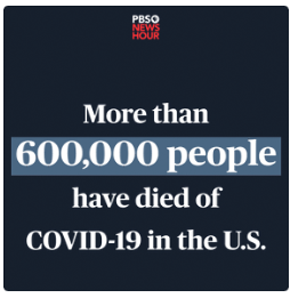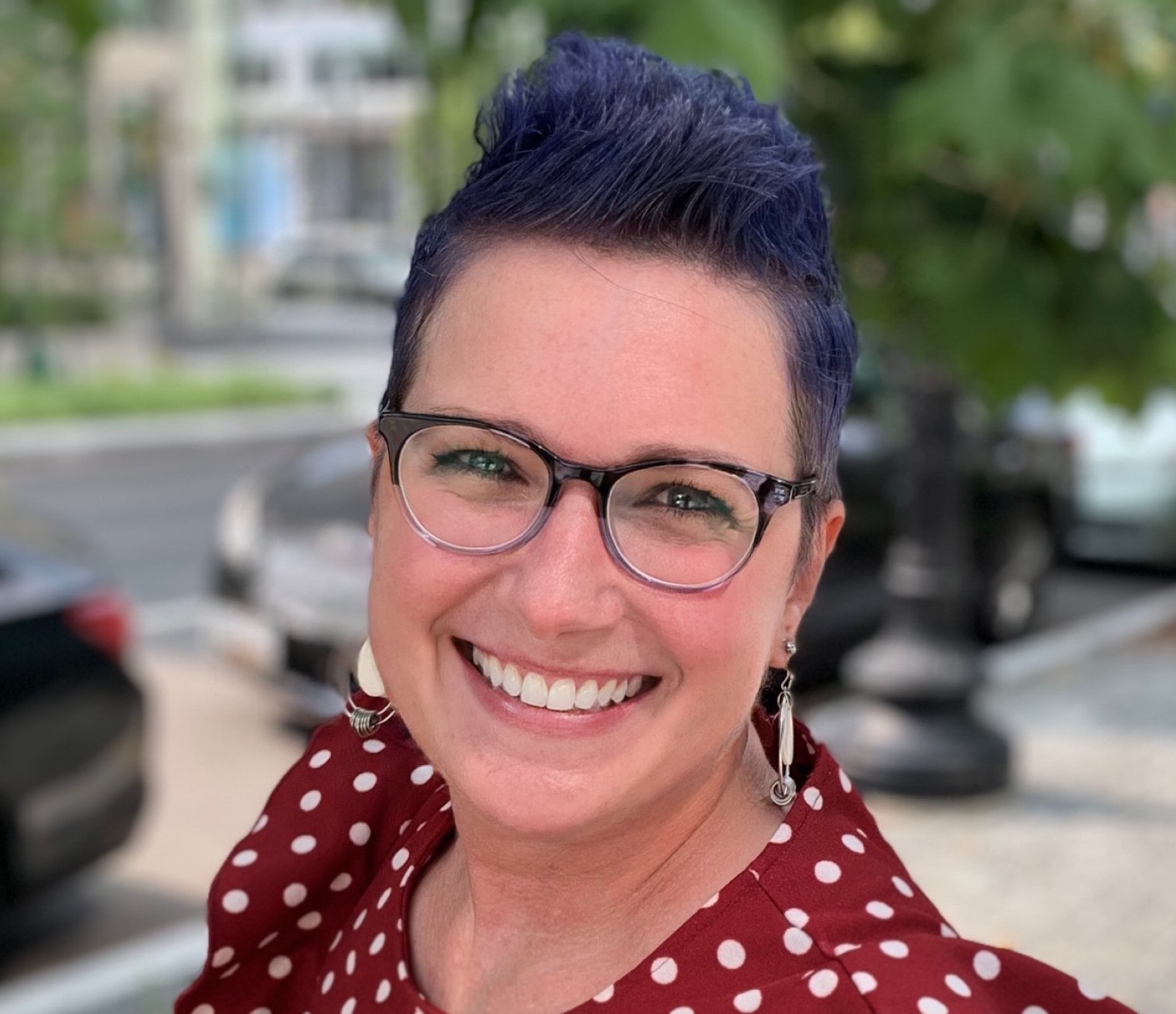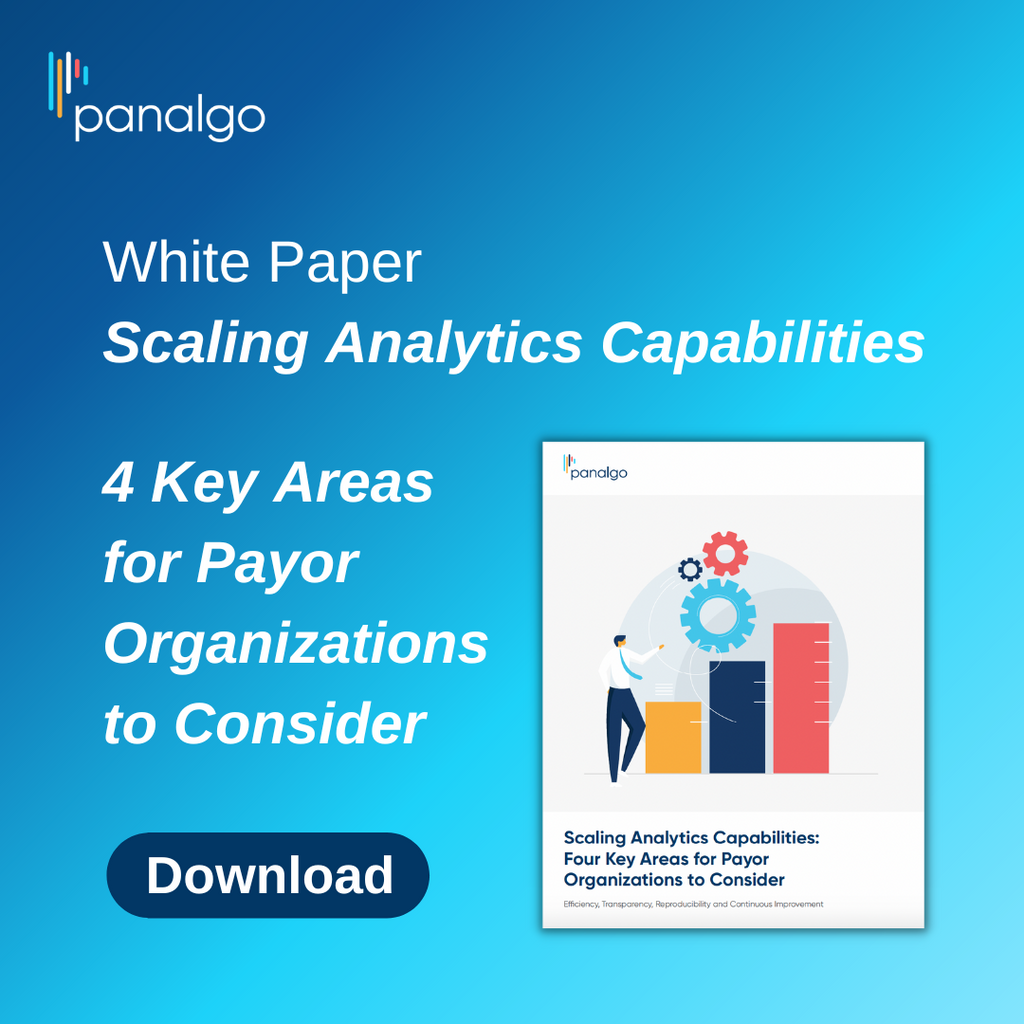Sandoz Launches First Interchangeable Denosumab Biosimilars at Discounted WACs
-
Jul 03, 2025
The first biosimilars of Amgen Inc.’s Prolia (denosumab) and Xgeva (denosumab) have launched onto the U.S. market, with more expected to follow soon. On June 2, Sandoz said that it had launched Jubbonti (denosumab-bbdz) and Wyost (denosumab-bbdz), with an eye on bringing a more cost-effective option to patients of the reference drugs, which have undergone more than 20 price increases since their approval. It remains to be seen whether the manufacturer will choose the private-label route favored by recent biosimilar launches.
Approved on March 5, 2024, the agents also are the only biosimilars of Prolia and Xgeva, respectively, with interchangeable status for all indications of the reference drugs.
The FDA first approved Prolia on June 1, 2010, as the first and only receptor activator of nuclear factor-kappa B ligand (RANKL) inhibitor. First approved for the treatment of postmenopausal women with osteoporosis at high risk for fracture, Prolia has since gained approval to increase bone mass in men with osteoporosis at high risk for fracture, to treat glucocorticoid-induced osteoporosis in men and women at high risk for fracture, to increase bone mass in men at high risk for fracture receiving androgen deprivation therapy for nonmetastatic prostate cancer and to increase bone mass in women at high risk for fracture receiving adjuvant aromatase inhibitor therapy for breast cancer.
Later that year, on Nov. 18, 2010, the FDA approved denosumab for marketing under a new proprietary name, Xgeva, for the prevention of skeletal-related events in people with bone metastases from solid tumors. The agent now has approval for the prevention of skeletal-related events in people with multiple myeloma, the treatment of adults and skeletally mature adolescents with giant cell tumor of bone that is unresectable or where surgical resection is likely to result in severe morbidity and the treatment of hypercalcemia of malignancy refractory to bisphosphonate therapy.
Both are administered via subcutaneous injection by a health care professional. Dosing for Prolia is every six months, and Xgeva maintenance dosing is every four weeks.
According to the FDA, 10 million people in the U.S. have osteoporosis, and more than 80% are women. The condition impacts one in four women at least 65 years old.
And according to Moffitt Cancer Center, about 330,000 people in the U.S. are living with bone metastasis, which is most common in people with breast, prostate, lung, kidney and thyroid cancers.
WACs Have More Than Doubled
The Sandoz biosimilars “provide new affordable treatment options for over 10 million patients living with osteoporosis and cancer-related skeletal events combined,” says Keren Haruvi, president of Sandoz North America. “These conditions have a profound impact on patients’ lives, but access to effective treatments has often been impacted by cost.”
According to Jubbonti’s health care professionals website, Amgen increased the annual wholesale acquisition cost (WAC) of Prolia from $1,650 — $825 per prefilled syringe — in 2010 to $3,750 — $1,875 per prefilled syringe — in 2025, a 127% increase.
And Wyost’s health care professionals website shows that Amgen increased Xgeva’s annual WAC from $21,450 — $1,650 per vial — in 2010 to $44,846 — $3,449 per vial — in 2025, a 109% increase.
In Prime Therapeutics LLC’s 2024 Medical Pharmacy Trend Report (formerly the Magellan Rx Medical Pharmacy Trend Report), Prolia was the No. 7 drug in Medicare per-member per-month (PMPM) spend in the medical benefit in 2023. In addition, its cost per utilizer rose 6.4% from 2022 to 2023. It did not rank among the top 25 medical benefit drugs for commercial PMPM spend.
However, Xgeva was No. 23 in commercial PMPM spend in 2023, with an increase in its cost per utilizer of 7.9%. And it was No. 14 in Medicare PMPM spend that year, with its cost per utilizer rising 8% from 2022 to 2023.
Haruvi tells AIS Health, a division of MMIT, that Amgen has raised the two agents’ WACs more than 20 times since their initial approvals.
She explains that unlike Amgen’s approach, Sandoz priced both Jubbonti and Xgeva the same price per milligram. Jubbonti’s WAC is 14.5% lower than that of Prolia, and Wyost’s WAC is 7% lower than Xgeva’s. She notes that the price “does not take into account any rebates and discounts that will be offered.”
Drugs Are ‘Primarily Buy and Bill’
The drugs are both physician administered, falling under the medical benefit, and they are “primarily buy and bill, but a portion of Jubbonti goes through the pharmacy benefit,” Haruvi says.
Sandoz, she says, expects to have interchangeability exclusivity for the two biosimilars “for the majority of 2025.”
With launches of biosimilars for AbbVie Inc.’s Humira (adalimumab) and Johnson & Johnson Innovative Medicine’s Stelara (ustekinumab), the Big Three PBMs — CVS Health Corp.’s Caremark, The Cigna Group’s Express Scripts and UnitedHealth Group’s Optum Rx — have offered private-label versions of the new agents through their own subsidiaries.
When asked if Sandoz has entered into a similar arrangement, Haruvi replies, “We are focused on expanding access to denosumab where it makes strategic sense. To that end, we will continue to explore meaningful opportunities that allow us to help patients access these more affordable high-quality biologics medicines.”
To compete on a more level playing field, biosimilars should offer similar patient and provider support services to those of their reference drugs. To that end, Sandoz is “committed to helping patients sustainably and affordably access life-changing biologic medicines,” says Haruvi. “We provide comprehensive support resources for patients who are prescribed Wyost and Jubbonti, including insurance support/benefit investigation, injection support and a copay program for commercially insured patients and patient assistance for eligible patients.”
Ultimately, says Haruvi, with the launch of Jubbonti and Wyost, “patients now have access to more treatments they need and deserve, and the interchangeability designation will instill even more confidence in providers to substitute Wyost and Jubbonti for the reference products.”
Other Denosumab Biosimilars Are Expected Soon
As of mid-June, the FDA has approved three other denosumab biosimilars.
On Feb. 13, 2025, the FDA approved Samsung Bioepis Co., Ltd.’s Ospomyv (denosumab-dssb) and Xbryk (denosumab-dssb) as biosimilar to Prolia and Xgeva, respectively. The agency also approved unbranded labeling for denosumab-dssb. The FDA granted the drugs provisional interchangeability. But it is unclear when those agents will launch: On Aug. 12, 2024, Amgen filed a lawsuit against Samsung Bioepis claiming it was infringing upon 34 denosumab patents; the case is pending.
The other two biosimilars would appear to be closer to launch.
On Feb. 28, 2025, the FDA approved Celltrion Inc. subsidiary Celltrion USA’s Stoboclo (denosumab-bmwo) and Osenvelt (denosumab-bmwo) as biosimilar to Prolia and Xgeva, respectively. The company settled patent infringement litigation in late January allowing it to launch June. 1. A Celltrion spokesperson tells AIS Health that the agents will launch in the U.S. “in due course.”
Then on March 25, 2025, the FDA approved Fresenius Kabi AG’s Conexxence (denosumab-bnht) and Bomyntra (denosumab-bnht) as biosimilar to Prolia and Xgeva, respectively. The agency also approved unbranded labeling for denosumab-bnht. Fresenius and Amgen settled a patent infringement lawsuit on March 7; Fresenius previously said that the biosimilars will launch in the U.S. in mid-2025. A spokesperson tells AIS Health that the agents have not yet launched but will “soon.”
All of the biosimilars are approved for all of the uses of their reference products.
According to Cencora’s U.S. Biosimilar Landscape, as of April 1, denosumab biosimilars from 11 companies are in the pipeline, seven of them with applications pending at the FDA and the rest in Phase III clinical trials.
Biologics and specialty drugs represent 2% of total prescriptions but account for more than half of spending on prescription drugs in the U.S. In 2023, biosimilars and generics produced $445 billion in savings for patients and the health care system and more than $3 trillion since biosimilars first came onto the U.S. market in 2015, led by Sandoz’s Zarxio (filgrastim-sndz).
“The increasing cost of biologic medicines in the United States demands that the U.S. government support the development of a sustainable biosimilar market, where competition is encouraged, and any market-distorting activities of GPOs [group purchasing organizations] and PBMs, as well as reference biologic manufacturers, are discouraged,” maintains Haruvi. “This will help resolve the biosimilar void, where only 10% of the biologic medicines coming off patent in the next 10 years have corresponding biosimilars in development.”
Noting Sandoz’s “strong legacy in biosimilars,” Haruvi asserts that the manufacturer is “driven by our purpose of pioneering access for patients. We are excited about the potential of biosimilars to lower patient and health care system costs. We are committed to collaborating with industry leaders, policy makers and other stakeholders to break down barriers to expand adoption so that the promise of these important medicines can be realized in full.”
This article was reprinted from AIS Health’s monthly publication Radar on Specialty Pharmacy.
© 2025 MMIT












